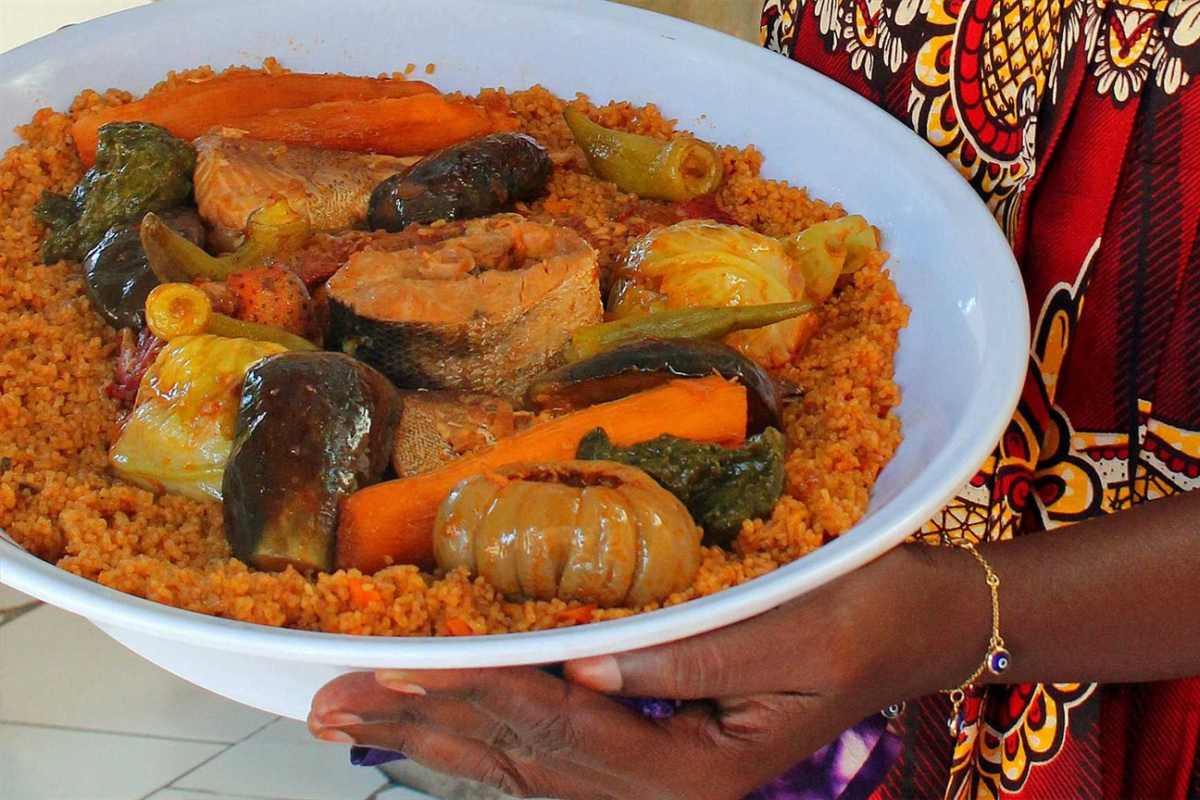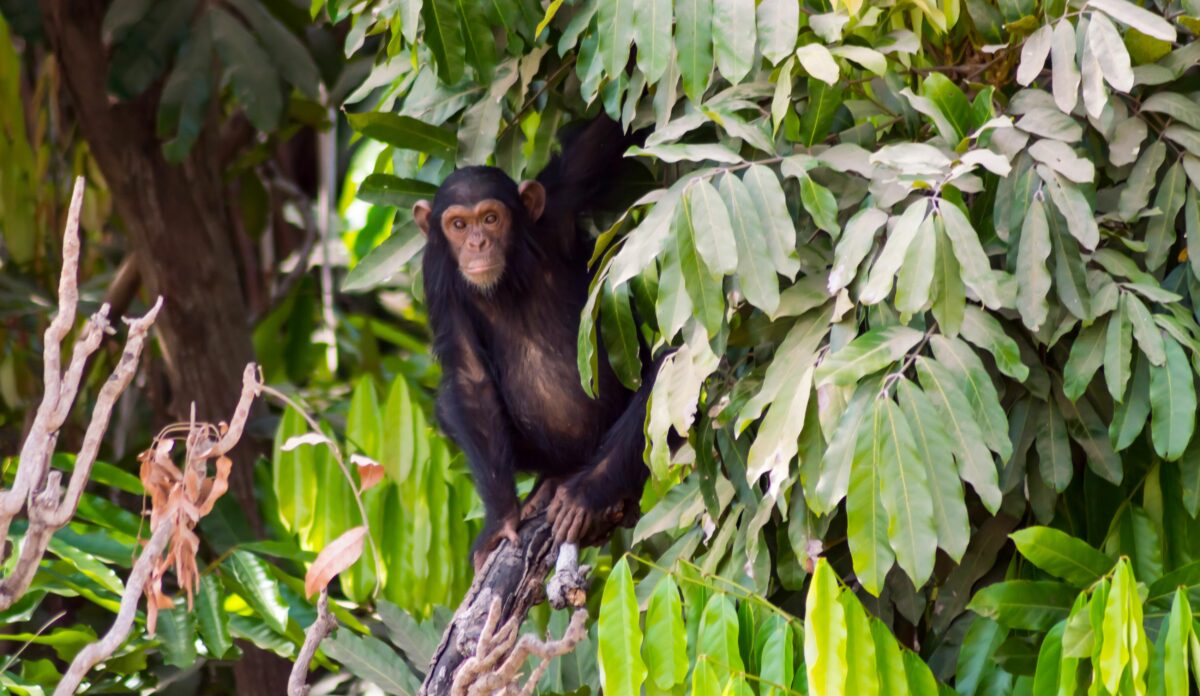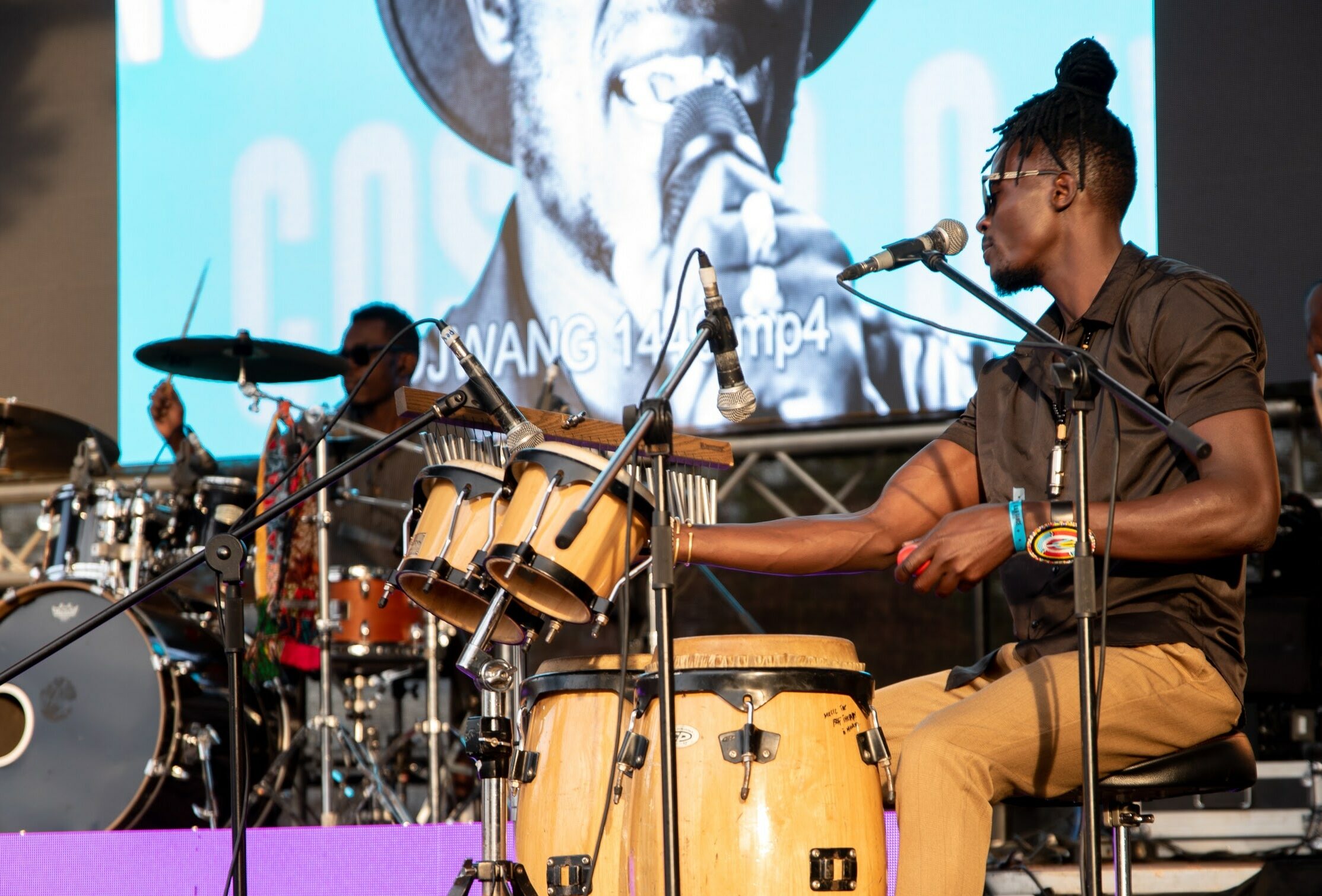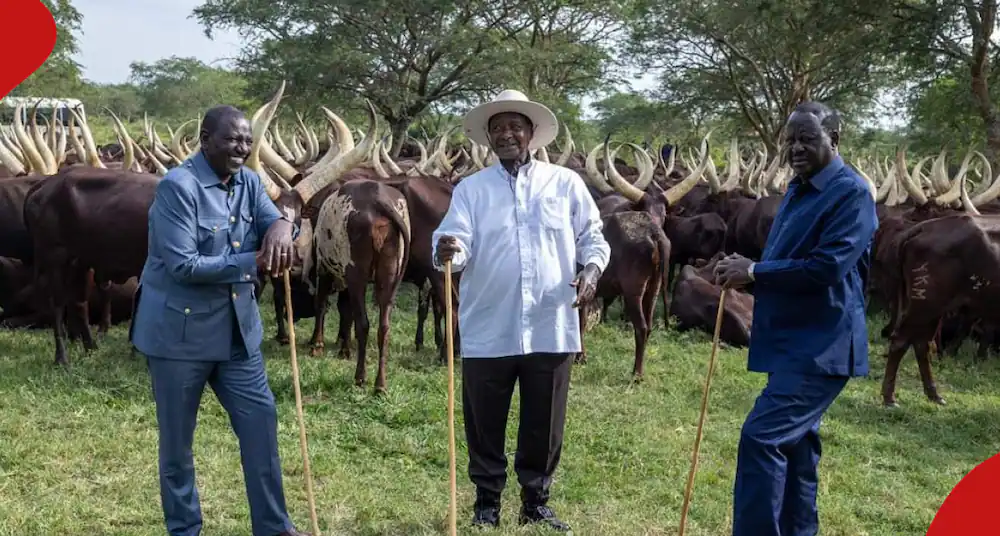Nestled within mainland Africa’s heart, The Gambia has the unique distinction of being the continent’s smallest nation. This diminutive country, with just over 2 million population, is renowned for its diverse ecosystems, particularly those flanking the life-giving arteries of the central Gambia River. The country’s roots of vibrant culture and natural splendors captivate visitors, whisking them on a journey of discovery and marvel that belies its compact size. Let’s find out more about this small but captivating country.
Geography and Climate
The Gambia, often referred to as “The Smiling Coast of Africa,” is a narrow strip of land along the banks of the Gambia River. Bordered by Senegal on three sides, this small nation boasts a diverse landscape ranging from pristine beaches along the Atlantic Ocean to lush mangroves and dense forests. This geographical positioning gifts The Gambia with various landscapes, from savannahs and forests to swamplands and sandy beaches. Read Also: The Top 8 Smallest African Countries [With Pictures]
The country is also blessed with a subtropical climate characterized by two distinct seasons – the dry season from November to May and the rainy season from June to October. The dry season, characterized by cooler temperatures, is ideal for bird-watching and beach activities. Conversely, the rainy season brings about a lusher, greener landscape, making it a perfect time for photography and agricultural tours. The beauty of The Gambia’s geography and its climatic diversity contributes significantly to its undeniable charm.

History
The Gambia has a rich and complex history that dates back several millennia. Archaeological evidence indicates the presence of human habitation in the region as early as the Paleolithic era. The country’s recorded history, however, begins with the arrival of the Portuguese explorers in the 15th century, who established trade routes along the Gambia River.
In the subsequent centuries, The Gambia was a focal point for the trans-Atlantic slave trade, with numerous fortified trading posts dotted along the river. The British took control of the region in the late 19th century, making it a protectorate within its expansive colonial empire.
The Gambia gained independence from British rule on February 18, 1965, maintaining a peaceful transition to self-governance under the leadership of Sir Dawda Jawara, who served as the nation’s first Prime Minister and later as President. The country has since weathered periods of political instability, including a military coup in 1994.
Today, The Gambia is a democratic country that strives for progress, overcoming its turbulent past and looking towards a future of hope and resilience. The nation’s history – a tale of endurance, resilience, and the unyielding spirit of its people – is woven into the very fabric of its society, shaping its national identity and influencing its path forward. Read Also: The Significance of the ‘Fanal’ Lanterns in Gambian Christmas

Culture and Tradition
The Gambia’s cultural heritage is as diverse and vibrant as its landscapes. Bragging a multicultural society, the country is home to various ethnic groups with unique traditions, customs, and languages. The major ethnicities include the Mandinka, Fula, Wolof, Jola, and Serahule, who coexist harmoniously, creating a mosaic of cultural experiences.
Traditional music and dance play an integral role in Gambian culture, often accompanying various societal ceremonies and rituals. The Kora, a unique stringed instrument, is common in Gambian music. Its enchanting melodies, coupled with rhythmic drumming and spirited dance performances like the Sabar and Jali, form the heart of cultural celebrations.
Storytelling, or “griot” tradition, is another significant aspect of Gambian culture. Griots, who are revered oral historians and musicians, pass down centuries-old tales, proverbs, and historical events from one generation to another, preserving the country’s rich historical and cultural heritage.
The culture of The Gambia also manifests in its arts and crafts. Skilled artisans apply age-old techniques to create intricate wood carvings, colorful hand-woven textiles, and beautiful beadwork, often sold in local markets and bazaars.
The Gambian people are renowned for their warmth, friendliness, and the age-old tradition of “teranga” – a Wolof term for hospitality. This spirit of kinship and camaraderie, deeply embedded in Gambian society, makes visitors feel welcomed and cherished, adding yet another dimension to the country’s rich cultural heritage.

Food and Cuisine
The Gambia’s cuisine is a vibrant blend of indigenous flavors and foreign influences, reflecting the country’s multicultural heritage. The Gambia River’s bounty, coupled with the fertile lands, yields diverse ingredients used in the local cuisine. Staple foods include rice, millet, sorghum, and maize, often served with a variety of hearty stews and sauces.
A must-try dish is “Benachin,” also known as “Jollof rice.” This one-pot wonder is a delicious combination of rice, vegetables, and meat or fish, flavored with a unique blend of spices and cooked in a tomato-based sauce. People across West Africa can find dish variations, but each country, including The Gambia, puts its distinctive spin on it.
Another popular dish is “Domoda,” a hearty peanut stew made with meat, usually beef or chicken, vegetables, and a generous dollop of peanut paste, served over rice. The rich, nutty flavor of this dish is truly a delight for the taste buds. “Yassa,” a dish of marinated fish or chicken cooked in an onion and lemon sauce, is another Gambian delicacy. The tangy, savory dish is a testament to the country’s love for fresh produce and seafood.
Finally, no discussion about Gambian cuisine would be complete without mentioning “Tapalapa” bread. This locally made baguette-style bread is a staple of every Gambian meal and is often used to scoop up stews and sauces. When it comes to beverages, locals enjoy “Baobab juice” and “Wonjo juice,” refreshing drinks made from the fruits of the baobab tree and the hibiscus plant, respectively.
Gambian cuisine, with its unique flavors, textures, and cooking methods, truly reflects the country’s diverse cultural and natural wealth. Whether you’re a foodie or a casual diner, the gastronomic scene in The Gambia promises a culinary journey you won’t forget.

Tourism Attractions
The Gambia’s tourist attractions are as diverse as its landscape, offering a blend of natural beauty, cultural richness, and historical significance. Kunta Kinteh Island, formerly James Island, is a UNESCO World Heritage site in the middle of the Gambia River. It once served as a significant outpost for the Atlantic slave trade and now stands as a powerful reminder of this dark period of human history.
The Gambia also has several national parks and reserves that showcase the country’s abundant wildlife. River Gambia National Park, popularly known as Baboon Island, is a haven for endangered and endemic species like hippos, Nile crocodiles, and a variety of bird species. Abuko Nature Reserve, the country’s first nature reserve, is a paradise for bird watchers, with over 300 recorded bird species. The Bijilo Forest Park, also known as Monkey Park, is another popular spot for wildlife enthusiasts.
Kachikally Crocodile Pool fertility rituals are a unique attraction showcasing over 80 Nile crocodiles.
The local community associates this sacred crocodile pool with fertility rituals. For sun-seekers and beach lovers, Gambia’s coastline offers perfect sandy beaches like Kololi Beach and Kotu Beach, where one can bask in the warm tropical sunshine or partake in various water sports activities.
Culturally, Tanji Village Museum offers insights into the traditional Gambian way of life. The museum displays various artifacts related to agriculture, fishing, and household items. The vibrant Brikama Craft Market is a must-visit for those interested in arts and craftsBrikama Craft Market. Here, artists showcase their skills in wood carving, tie-dye, and batik cloth making.
Economy
The economy of The Gambia is characterized by a dominance of agriculture, which accounts for about a quarter of the country’s gross domestic product (GDP). About 75% of the population depends on crops and livestock for its livelihood, with groundnuts being the traditional cash crop grown in the country. The principal crops include peanuts, millet, sorghum, rice, and maize.
Despite being small in size, The Gambia has a large fishing sector, promoted by the abundant marine resources provided by the Atlantic Ocean and the Gambia River. The fisheries sector offers substantial export and local consumption potential and contributes to the country’s food security.

Tourism is another key contributor to The Gambia’s economy. The country’s rich cultural heritage, beautiful beaches, and diverse wildlife attract tourists from around the globe. The tourism sector generates substantial revenue and creates numerous jobs, thereby adding to economic growth.
The Gambia’s external sector relies heavily on re-exports, tourism, and remittances from overseas. This reliance outlines the country’s integration into the global economy and its vulnerability to international market fluctuations. In 2020, the overall trade between The Gambia and the United States totaled $12 million, marking a 25% decline from 2019. This decrease was primarily due to the border closures enforced during the COVID-19 pandemic, showing the significant impact of global crises on The Gambia’s trade dynamics.
The country is also making encouraging strides in the area of Information and Communication Technology (ICT). The government’s proactive steps towards digitalization and improving internet connectivity have spurred growth in this sector, promoting entrepreneurship and innovation.
Bottom Line
The Gambia showcases a rich and varied profile, reflecting its unique fusion of cultures in its cuisine, a multitude of natural and historical tourist attractions, and an economy characterized by traditional sectors such as agriculture and fisheries and growing sectors like tourism and ICT. Despite its economic challenges, The Gambia remains a vibrant and dynamic country striving for sustainable growth and development. This West African nation’s resilience, cultural richness, and natural beauty make it a country of interest to economists, historians, travelers, and food enthusiasts alike.



